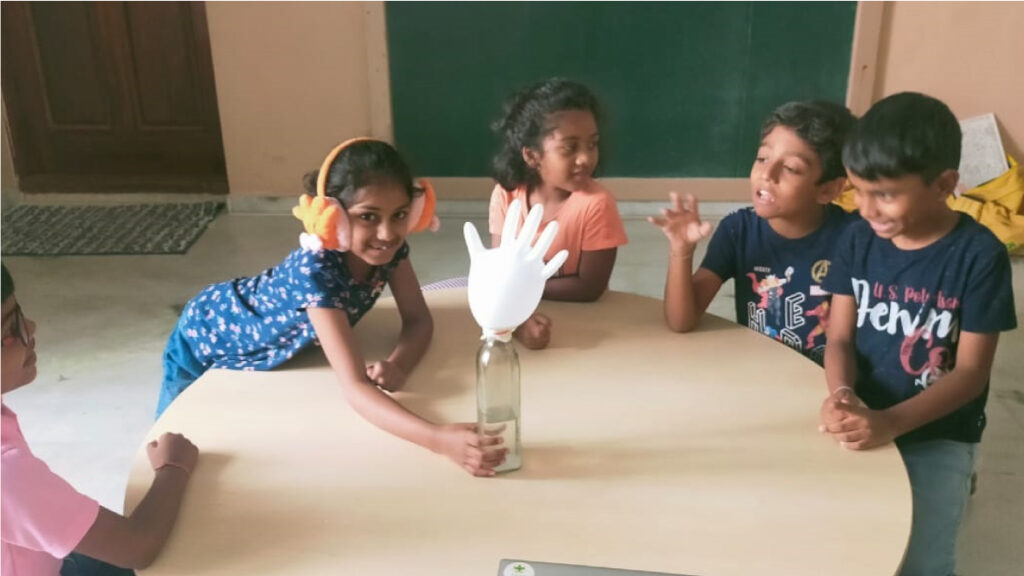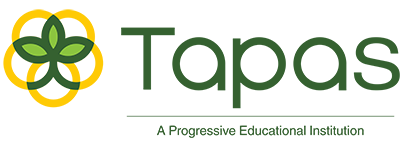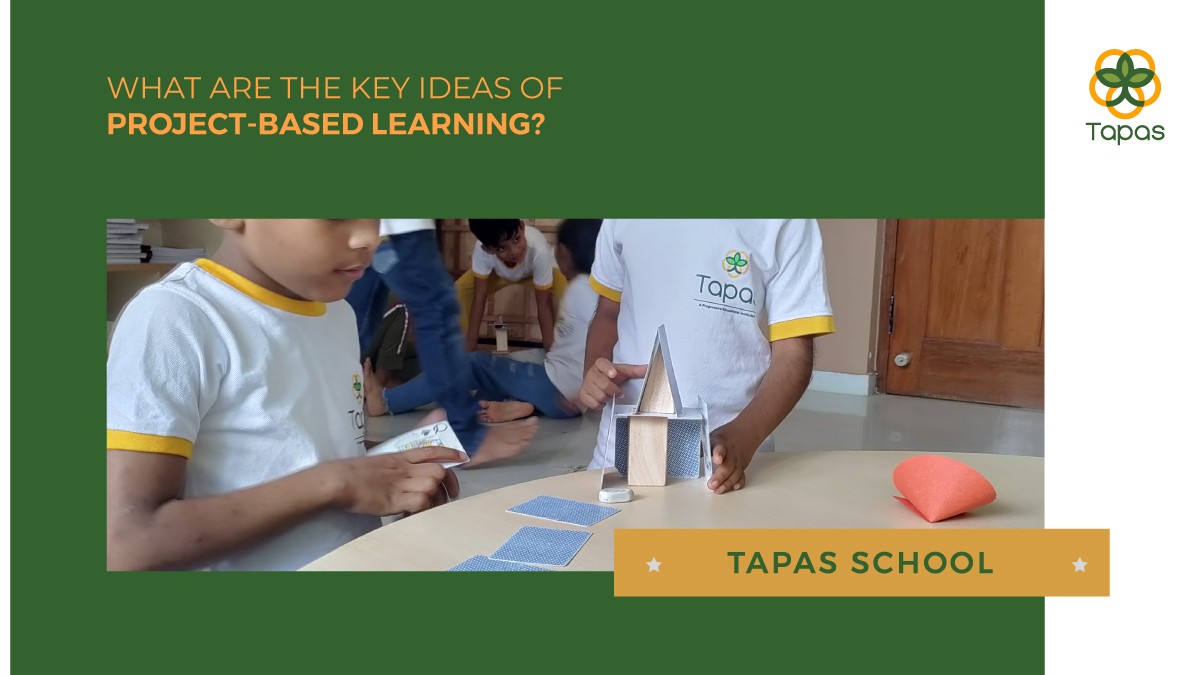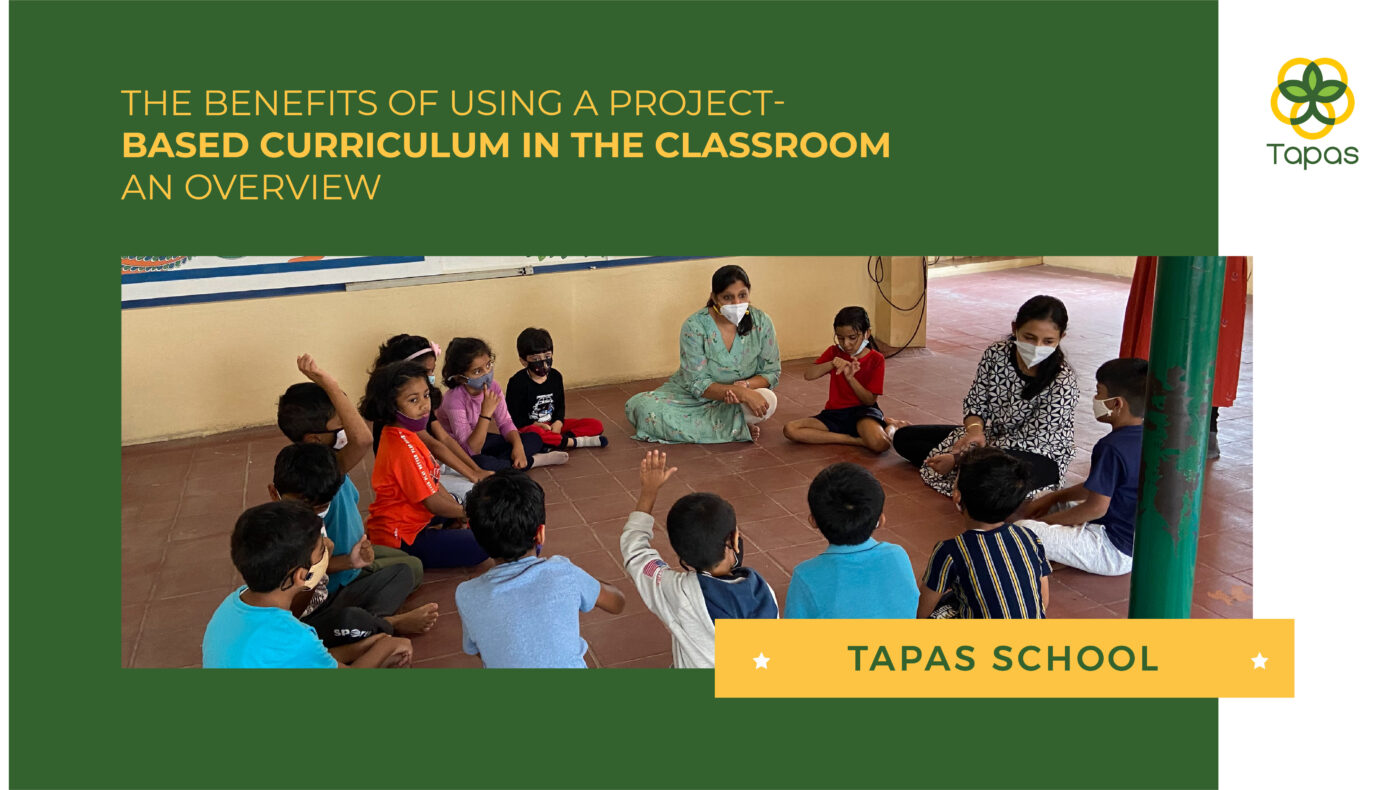What are the key ideas of project-based learning?
Project-based learning (PBL) is a classroom paradise for some teachers.20 Students collaborate to study complex and real-world issues. As a result, they develop abilities that are in line with the curriculum. They receive improved communication and problem-solving abilities as compensation.
However, setting up and managing an appropriate project-based learning curriculum isn’t always simple because the methodology is surrounded by controversy and manifests itself in a variety of tasks.
Find the best project-based learning ideas for your students and facilitate them. Learn more by reading on!
What Exactly Is Project-Based Learning?

With the help of a long-term investigation and solution to a complex, interesting, and authentic issue, problem, or issue, students learn through the use of project-based learning.
Students work on a project for a long time—from one week to a semester—that requires them to address a challenging subject or solve a real-world problem. By producing a public product or presentation for a live audience, they showcase their expertise and abilities.
Students gain strong content understanding as well as critical thinking, teamwork, creativity, and communication abilities as a result. Students and teachers are given the opportunity to express their creativity through project-based learning.
Why Is Project-Based Learning So Important?

Project-based learning enhances classroom engagement while also having a significant impact on how well students are ready to enter the industry once they graduate.
A greater focus on 21st-century abilities and critical thinking implies that project-based learning is picking up steam in education. In fact, PBL can help educators:
- Teach students self-responsibility and crucial time management skills
- Create assignments that touch higher-order stages in Bloom’s typology, like analysis, synthesis, and assessment
- Provide several ways of grading students at different phases of the project, whether using a portfolio, highlighted bibliography, overview, draft product, or final project.
Once students leave school, they’ll have to recognize that the job isn’t as clear as lecturing and homework. It’s more linked with a project-based method, where employees are required to focus, manage their schedules and deliver work on a deadline.
Similar Article: 5 Facts On Children’s Engagement in Project-Based Learning Programs
What Are The Key Ideas Of Project-Based Learning?
Project-based learning incorporates a number of key ideas, including the following:
Learning And Thinking
The purpose of the project is to encourage thought about the desired standards, topics, and abilities that students need to know.
In the process of preparing for the design of the project, what kinds of thinking and learning do we wish to connect our teaching with? It is possible that this will not be the case with some projects, despite the fact that this clearly can be focused on quality and standards and that this is actually the case the majority of the time.
In fact, there is a very strong argument that can be made for a very good balance between information and skills, as well as possibly concentrating on thought in order to absorb content in a more in-depth manner. However, the main focus should be on the fact that the teacher or facilitator makes a conscious effort to plan for the thinking and learning—regardless of what it may be—that the students will need to be familiar with and be able to demonstrate an understanding of in order to successfully complete the project and the challenge.
Great Inquiry
The project offers various chances and necessitates a high degree of inquiry from both the instructor and the students. Excellent facilitators and teachers arrange for settings from which great questions can develop from all of the participants in the class, while good ones plan for fantastic questions to ask the students. Throughout the entirety of a project, we want to make sure that there are chances for students and teachers to ask questions, as well as a requirement for them to do so.
Beginning with an open-ended Driving Question that is aligned with the preferred thinking and learning, students may have questions for an outside expert, questionnaires for fellow students centered on a text or other resources, questions to actually guide the thinking of others, or questions that are simply intended to clarify something.
Great inquiry, as opposed to the more traditional classroom setting in which solutions are provided, fosters profound thought and creativity by building one idea atop another.
Assessment That Is Meaningful
Teaching and learning are directed by the project through the use of intentional summative and formative assessments.
If you ask the majority of students how they feel about assessment, you will probably get an answer that is less than positive; however, this does not necessarily have to be the case. It can be thrilling to use evaluation as a tool to identify the next steps and desired areas of growth, particularly when the activity being assessed is genuine, relevant, and performed for a specific reason.
Assessments that are meaningful can take numerous forms, including official and informal ones, and may even take the form of questions rather than merely providing answers. It is also possible for it to arise from numerous sources, such as the individual themselves, their peers, experts from the outside, and of course, their teachers.
Conclusion
You should have a better understanding of project-based learning after reading this. One of the top project-based learning schools in Bangalore is Tapas, which guarantees greater involvement and engagement with a curriculum that promotes higher-order thinking and problem-solving abilities.
Just keep in mind that the focus of teaching must be on the students. It’s possible that what works for other teachers won’t work for you.
But unless you try, you’ll never know.




